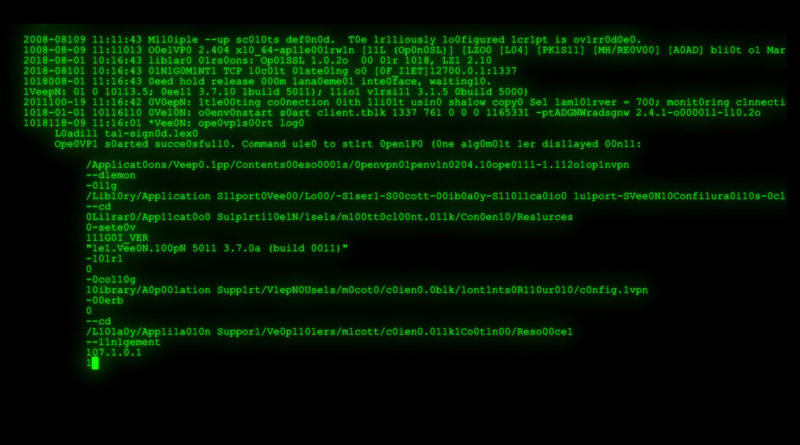Command‑Line Confidence: 10 Linux Terminal Tricks Every Defender Uses
Why the Shell Still Matters in 2025
Graphical dashboards are great for quick glances, but when malware breaks loose or packets flood a firewall, seasoned defenders drop straight to the terminal. The Linux shell is fast, scriptable and—crucially—installed almost everywhere, from cloud instances to IoT gateways. Master just a handful of commands and you can:
-
Trace intruders’ footsteps in seconds.
-
Sift millions of log lines without melting a laptop.
-
Automate the boring parts of incident response.
Below are ten bite‑size tricks that convert “I kinda know Linux” into “hand me the keyboard.”
1. grep -R --color -n — Find Evil, Highlighted
Needles, meet haystack. Recursive grep hunts for suspicious strings across whole directories; --color paints matches; -ntells you the exact line. Example:
Spot rogue reverse‑shell attempts in a blink.
2. tail -F + egrep --line-buffered — Live Log Surgery
Real‑time monitoring without Splunk:
tail -F follows log rotation, while --line-buffered forces instant screen updates. Perfect for brute‑force detection during an ongoing attack.
3. awk '{print $1,$2,$3}' — Instant Parsing
awk turns messy output into structured intel:
Extract just the username, IP and timestamp from login history—ideal for tickets and incident timelines.
4. sort | uniq -c | sort -nr — Top‑Talkers in One Line
Count and rank anything—IPs, hashes, URLs:
Identify the most chatty source addresses hammering your web server.
5. ss -tuna — Who’s Talking Right Now?
ss replaces the venerable netstat with faster output and IPv6 support:
Lists established TCP connections (-t), UDP ports (-u), numeric output (-n), and shows ALL (-a). Handy for spotting unexpected C2 channels.
6. lsof -i -n -P — Port‑Process Pairing
lsof links network sockets to running binaries:
Instantly answer, “What is actually bound to that weird high port?”
7. journalctl --since "2 hours ago" — Time‑Travel Logs
Systemd journals stash everything; slice by time to focus fast:
Great for drilling into a narrow breach window.
8. wget --mirror --convert-links --no-parent — Evidence Preservation
Mirror a malicious site before takedown:
Creates a read‑only evidence bundle—links fixed, sub‑directories avoided.
9. sha256sum **/* | sort > manifest.txt — Integrity Snapshot
Generate a baseline hash list of every file—later, re‑run and diff to detect tampering. Works on entire servers or narrow directories like /etc.
10. xargs -P4 -I{} sh -c — Parallel‑Power Scripts
Speed up repetitive scans:
-P4 launches four concurrent nmap jobs, slashing enumeration time during a crisis.
Putting It All Together
Imagine a ransomware alert hits at 2 a.m. You jump on the affected VM and:
-
Scope the blast radius with
ss,lsof, andjournalctl. -
Hunt suspicious commands via recursive
grep. -
Profile attacker IPs using
awk,sort, anduniq. -
Snapshot current binaries with
sha256sum. -
Automate mass scans against lateral‑movement targets via
xargs.
Minutes matter; a fluent shell slashes them.
Ready for Deeper Reps?
The Hack Academy’s Introduction to the Linux Terminal course turns these snippets into second nature with guided labs, challenge flags and cheat‑sheets you can keep on your jump‑box. You’ll progress from basic navigation to writing your own incident‑response scripts—without drowning in man‑page jargon.
Coffee break over. Pop open a terminal and try at least three of these commands right now. Confidence isn’t a checkbox—it’s muscle memory. Start flexing.
Check out all our training courses HERE.
Photo Credit: DepositPhotos.com

